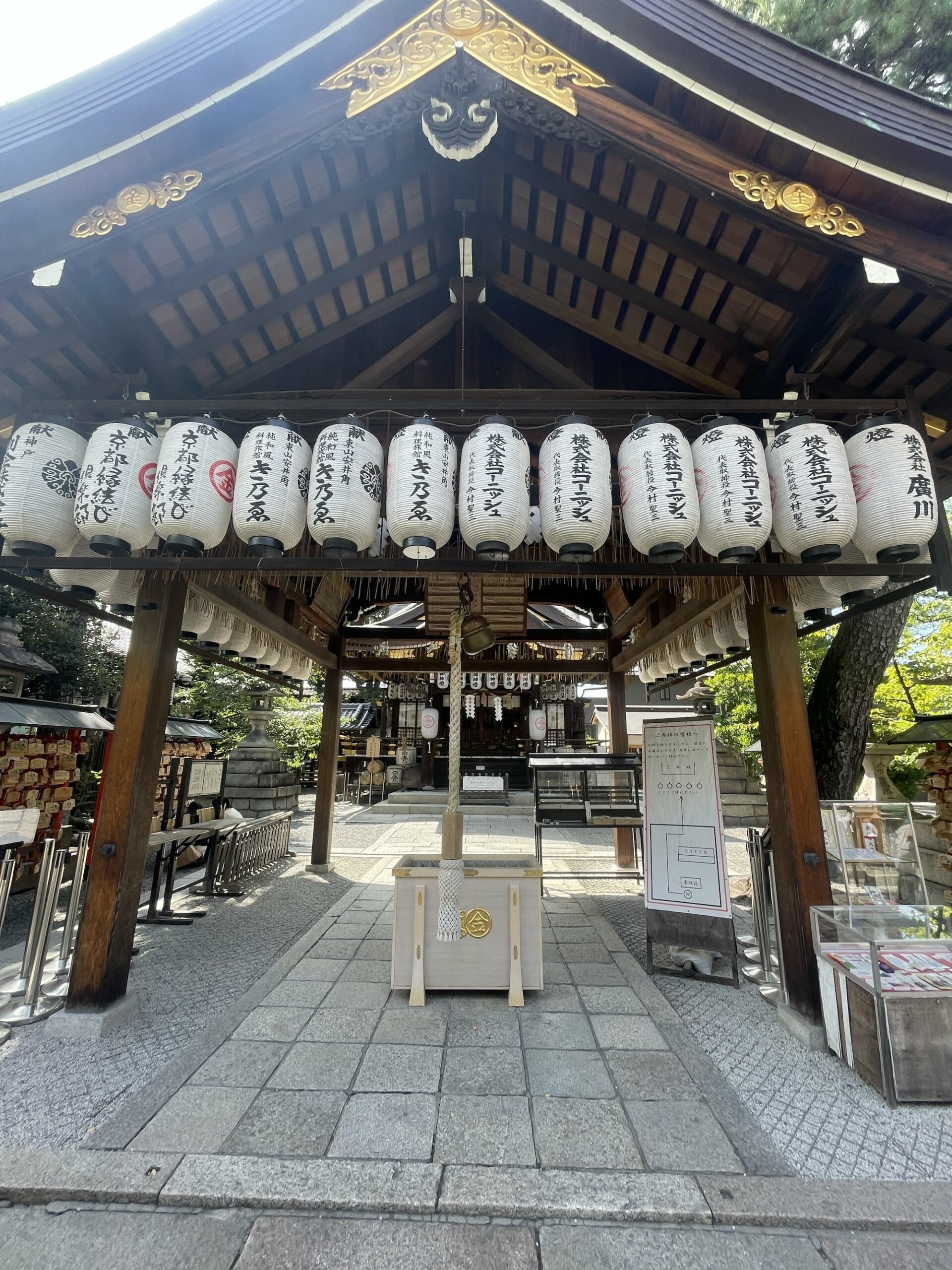
In Japan, visiting Buddhist temples and Shinto shrines is one of the most interesting and culturally rich activities you can do.
Some links on this page are affiliate links. We may earn a commission if you make a purchase, at no additional cost to you.
Because of this, these places of worship are extremely popular with foreign tourists. But do you know the difference between a shrine and a temple? Do you know how to pray at each and what you’re not allowed to do on sacred grounds? How about their modern-day significance to the Japanese people?
Understanding these aspects will make your visit much more enriching and more impressive to other tourists and locals when you nail all the rituals perfectly.
Here’s a comprehensive guide on how to pray at temples and shrines, general etiquette, and manners, and some background on shrines and temples and their significance.
Basic Flow Overview:
Entering the Grounds ~ Praying
- For both Shinto shrines and Buddhist temples, it’s customary to cleanse yourself before entering the sacred grounds.
At the entrance is a purification fountain, where you’ll use the ladle they provide to pour water over your hands and rinse your mouth to cleanse yourself before approaching the main hall. Do not touch the ladle to your mouth directly, and do not drink the water.
After COVID-19, many shrines have removed ladles and use a flowing spout instead for cleansing.
★Pro Tip: Be sure not to contaminate the clean water with used water, and rinse the ladle when returning it. - After that, head to the shrine’s main hall to pay homage to the deity.
It’s best to finish your greetings before doing any other activity as a sign of respect.
★Pro Tip: How much should you put in the offering box?
The offering most people give is a 5 yen Japanese coin—the copper one with a hole in the middle. It’s considered good luck.
This is because 5 yen is called “go-en” in Japanese, which is the same pronunciation as the word “go-en,” which means “connection” and “relationship”.
If you don’t have this coin, you can also give a 50, 100, or 1,000 yen bill, depending on what you’re comfortable with. Superstitious locals tend to refrain from offering the 10 yen coin, as it can be seen as bad luck. - After you’re done, you can make the rounds to the rest of the temple or shrine and burn incense, buy good luck amulets, receive shrine stamps, or get your o-mikuji, or fortune of the day.
Basics: How to Pray
Since shrines and temples belong to different religions, the rituals surrounding prayer are slightly different for each.
“But how do I tell?” You fret and twiddle your thumbs. “They look the same! :( “
No worries. It took me a good two years living in Japan to understand this. Once you’re inside, the main halls tend to look similar, but here’s how to tell the difference.
- Shinto shrines will have a torii gate at the entrance and lining the path to the shrine, while temples have “sōmon,” or a temple gate.
- Buddhist temples usually have the word “ji” or “tera/dera” in their name, while Shinto shrines have “jinja”, “gu”, or “jingu” in their name.
- The architecture tends to be different at temples and shrines.
How to Pray at Shinto Shrines
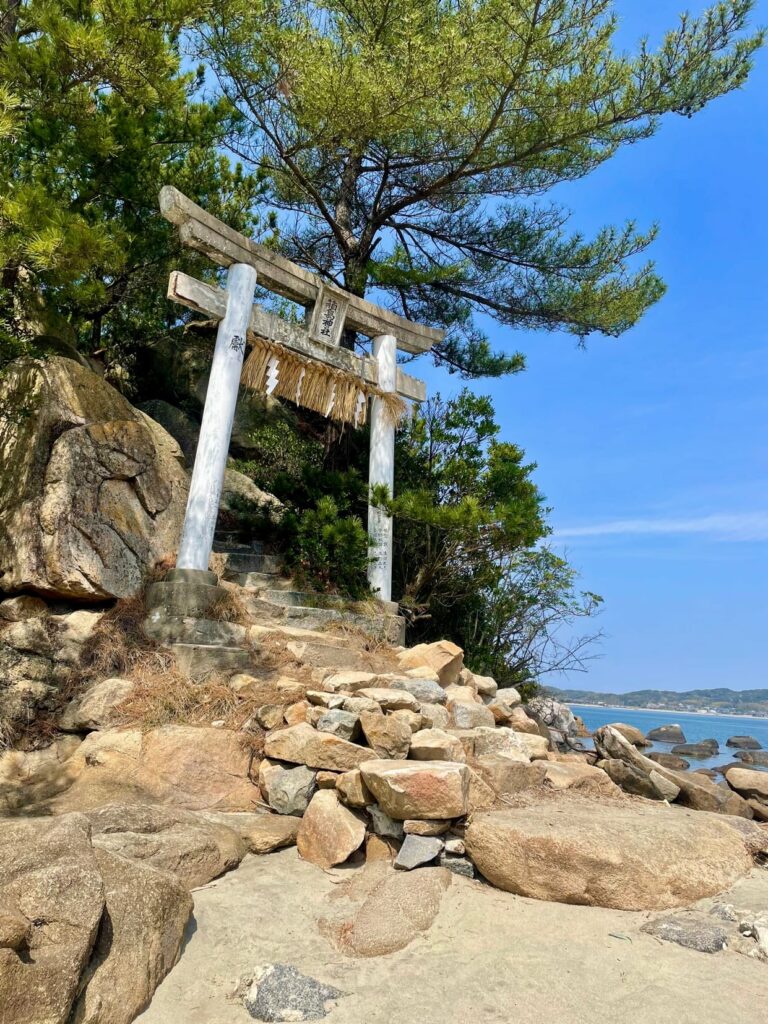
While passing beneath the torii gate, be sure to bow once as it marks the border between sacred ground. Do not walk in the middle of the path, as that is where the deity treads.
Once you reach the main body of the shrine,
- Toss in your coin offering and ring the bell if there is a rope hanging over the offering box.
★Pro Tip: Ring the bell only once, loudly and clearly. This is to attract the attention of the deity residing at the shrine. - Slowly perform two bows and two claps before you pray. Close your eyes and keep your hands clasped in front of your chest as you make your prayer—whether to give thanks or ask for blessings.
- Bow one more time after you finish praying, and leave quietly to see the rest of the grounds.
★Pro Tip: While praying, you’re supposed to hold your right hand slightly closer to your chest, as the right hand represents “humanity” and the left represents “deity.” This shows respect, as man and god are not the same.
Don’t sweat it too much, though– many young Japanese people nowadays don’t even know about this tradition.
★Pro Tip 2: Giving thanks in your silent prayer is customary before asking for any favors or blessings. In fact, many would claim that prayers aren’t the place to make requests but rather to show your gratitude and respect for all the blessings you have already received.
How to Pray at Temples
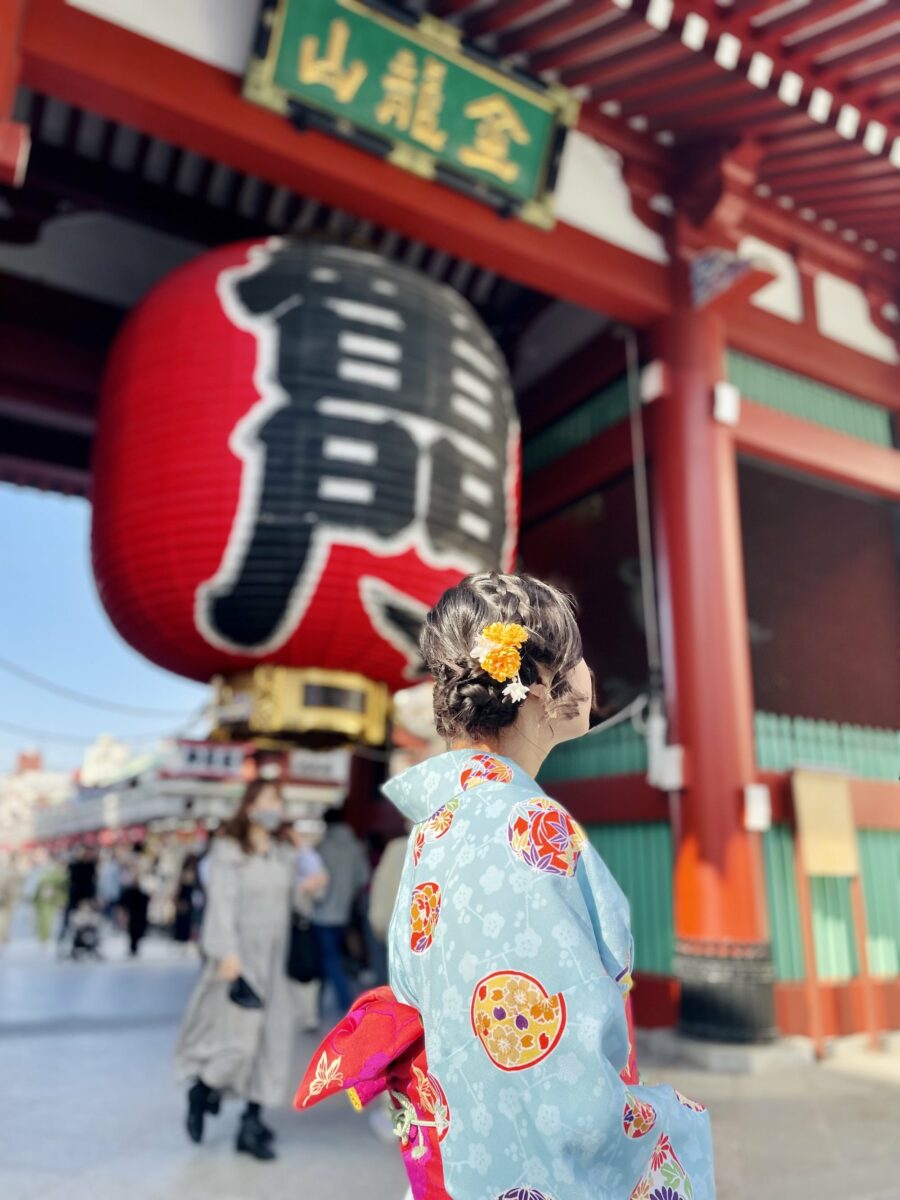
Temples follow much of the same rules as above, except you don’t need to do the two bows, two claps, one bow ritual.
When entering the temple, do not step on the wooden step of the “Sōmon“, or temple gate. This gate marks the border between the mundane world and the temple.
- Toss your offering into the box.
- Ring the bell once if there is a rope.
- Close your eyes and clasp your hands in front of your chest and pray. Bow once when finished.
★Pro Tip: Be sure not to make any clapping sounds when you clasp your hands together. The left and right hands can be held in the same place. The right hand represents all living beings, and the left represents Buddha. Placing the hands exactly together represents the wish for the two to become one and reach “enlightenment.”
General Etiquette Tips for Visiting Shrines and Temples:
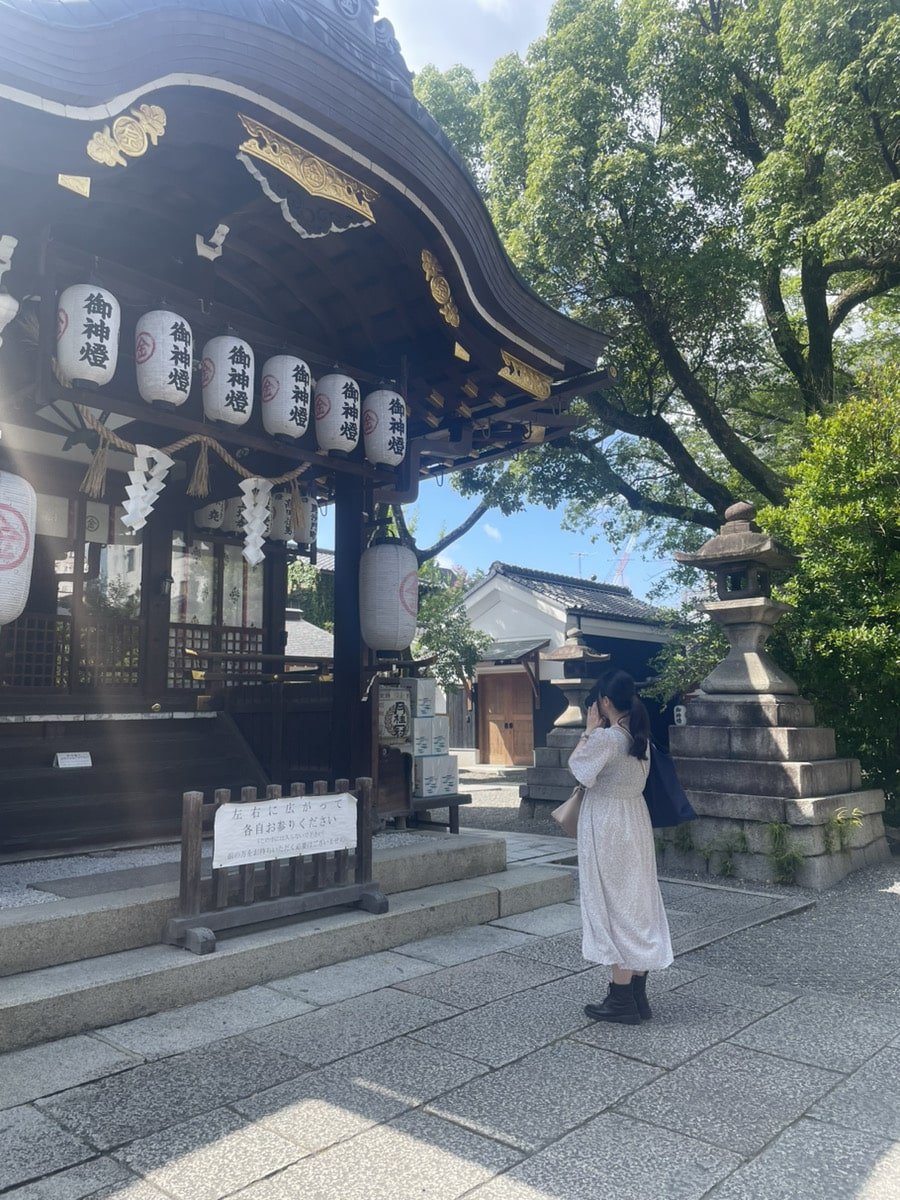
- Be Respectful: Even if you are not religious, be respectful on sacred grounds.
- Bow when entering or leaving the shrine and temple gates.
- Do not walk in the middle of the path at shrines where the deities walk.
- Do not litter, shout, or run around, and teach your children not to as well.
- Do not bring or walk pets on shrine or temple grounds.
- Do not eat, drink, or smoke unless in designated areas.
- Do not touch any buildings, gates, or altars unless you are explicitly permitted to do so.
- Observe or pray quietly without cutting lines or hogging photo spots.
- Prepare your offering before you’re in front of the prayer hall so you don’t fumble with your wallet and keep the people behind you waiting.
- Purify Before Praying: At most temples and shrines, there are purification fountains near the entrance.
- Dress Modestly: Avoid overly or revealing clothing, and wear comfortable shoes that are easy to remove if needed. Some places do not allow shoes inside the main hall of the shrine or temple to prevent tracking dirt or mud across the wooden floors.
- Observe Signs: Some areas may be off-limits or require quiet behavior. Follow posted signs and instructions from staff.
Significance of Shrines & Temples Today
Though the majority of the Japanese population–especially young people– identify as non-religious, shrines and temples are still very much a part of life and important places of worship.
Major shrines tend to hold festivals yearly to pray for prosperity and protection.
Since each shrine houses a different deity, the Japanese visit shrines to pray for blessings from that particular deity– for example, to pass an entrance exam, for healthy and safe childbirth, or for business prosperity or safety. It is also common to visit a shrine for “yakubarai“, or an exorcism of sorts when you’ve been having bad luck.
There is also the first shrine visit of the year, called “hatsumode,” to pray for good luck for the new year and give thanks to the last year on January 1st.
Temples, on the other hand, are much more in-tune with the afterlife; most funeral rites are conducted in a Buddhist fashion, and family graves are often registered with a temple.
People nowadays also go to temples for “hatsumode“, just like with shrines, and for “yakuyoke“, a ritual in order to prevent misfortune.
Famous Shrines & Temples in Japan
Shrines
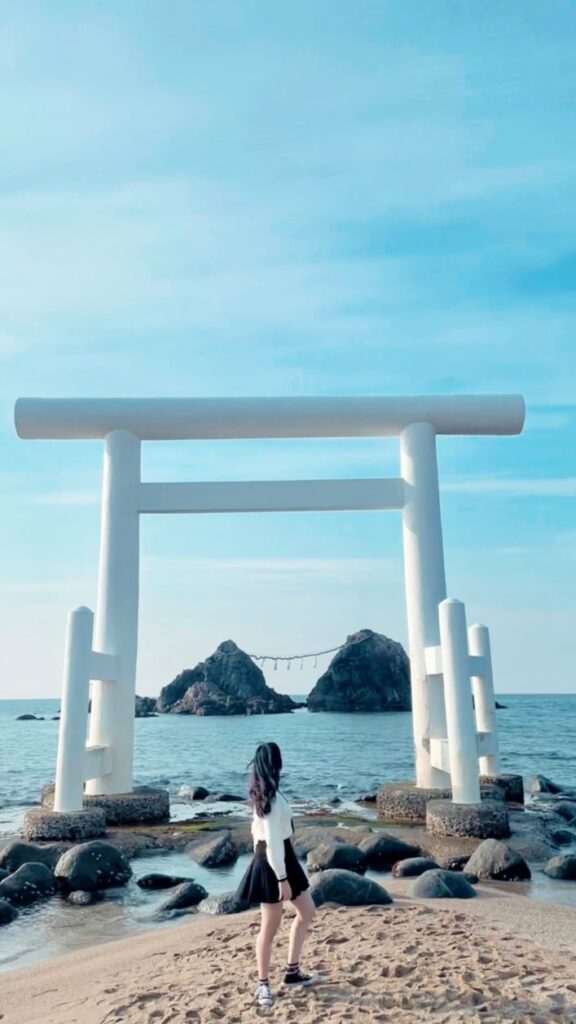
Below is a list of some famous and important shrines in temples in Japan. If you get a chance, be sure to check them out!
- Ise Jingu, Ise, Mie Prefecture
The biggest and most revered shrine, where the sun goddess Amaterasu is said to reside. Houses one of three national treasures, said to have been bequeathed by the goddess herself. - Meiji Jingu, Tokyo, Tokyo Prefecture
A peaceful shrine in the middle of the bustling city. Easily walkable from Shibuya, and houses one of three national treasures. - Atsuta Jingu, Nagoya, Aichi Prefecture
While not as major as the other two, this shrine also houses one of the 3 national treasures. - Nikko Toshogu, Nikko, Tochigi Prefecture
Said to be the resting place of Tokugawa Ieyasu, this shrine is gorgeous in fall surrounded by fiery autumn leaves. - Itsukushima Jinja, Hiroshima, Hiroshima Prefecture
One of the recognized shrines in Japan, this bright red torii gate over the ocean is approachable at low tide and floats over the ocean at high tide.
Temples
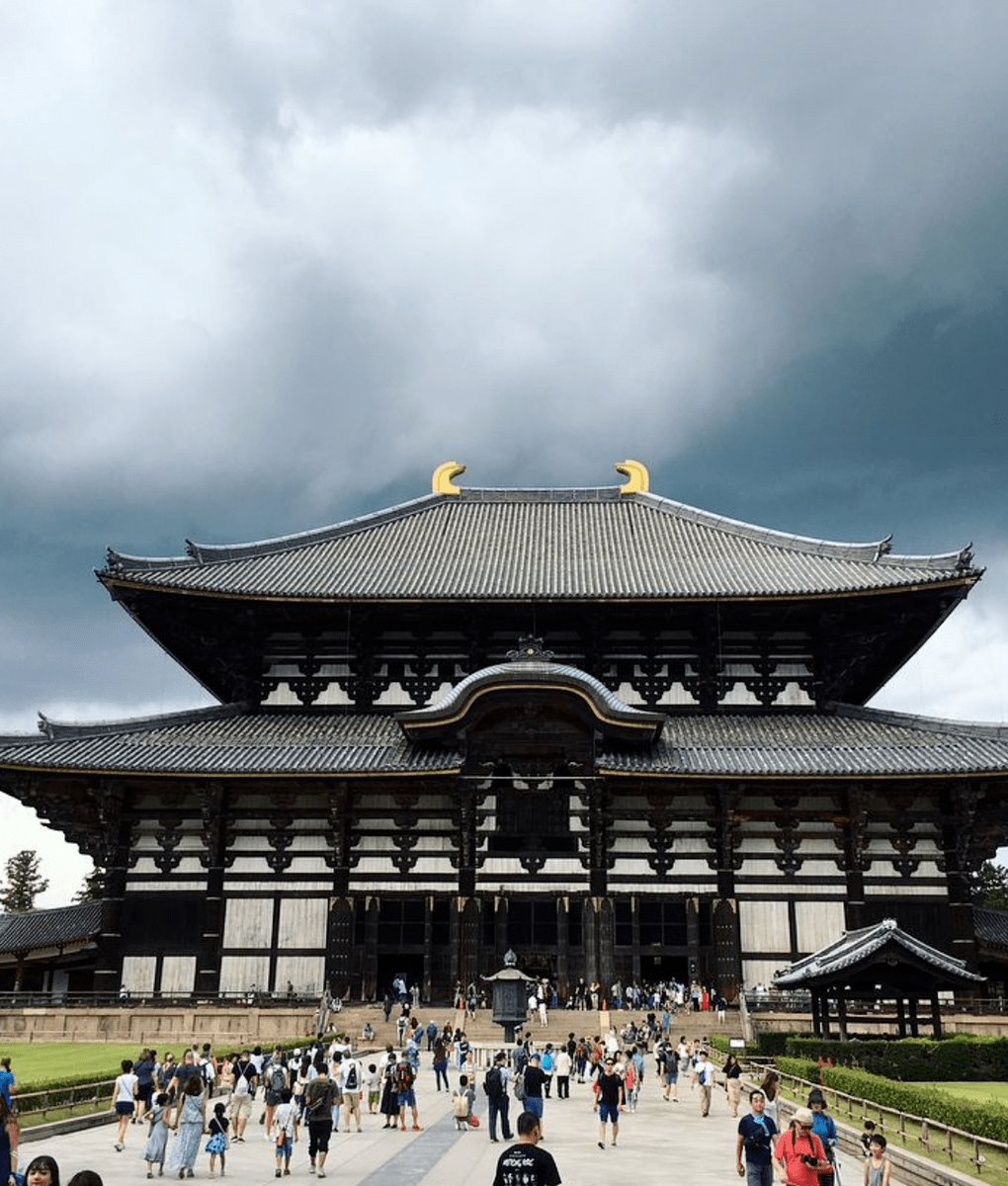
- Kiyomizu-dera, Kyoto, Kyoto Prefecture
One of the most recognizable temples, Kiyomizu is said to have a wish granting waterfall. The temple is beautiful in all seasons, but spectacular in spring with delicate cherry blossoms, and breathtaking in fall with the autumn foliage. - Sensoji, Taito-ku, Tokyo Prefecture
As pictured earlier in this article, Sensoji’s Kaminarimon is world-famous, and the streets leading to the temple have all sorts of souvenirs and food stalls. - Todaiji, Nara Prefecture
It houses one of the biggest indoor Buddha statues in Japan and a pillar with a hole you can crawl through that’s supposedly the size of Buddha’s nostril. Be sure to see the friendly deer of Nara while you’re there! - Kinkakuji, Kyoto, Kyoto Prefecture
A beautiful temple covered in gold leaf standing over a pond.
Conclusion
Etiquette at shrines and temples is generally the same throughout Japan, but certain places may have extra steps or their own tradition. Try to observe the locals, or ask a shrine maiden for help if you need it.
Definitely be sure to check out the fortunes and collectable shrine and temple stamp book! At major temples and shrines, you can get a special stamp written in calligraphy in front of you and with the date you visited!
Now that you have a deeper understanding of the significance of shrines and temples and know how to pray, your trip will be extra fulfilling. Happy temple hopping!

Leave a Reply